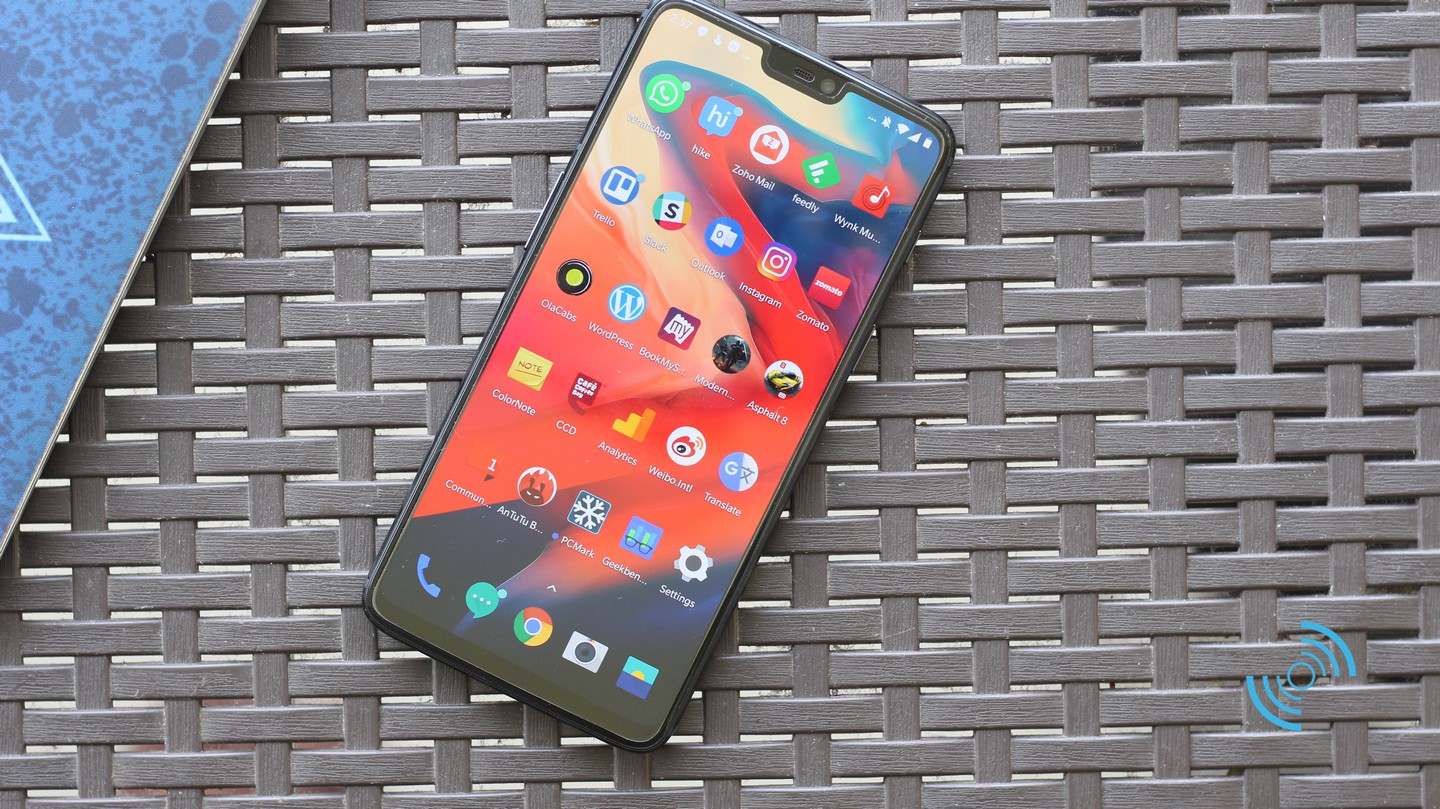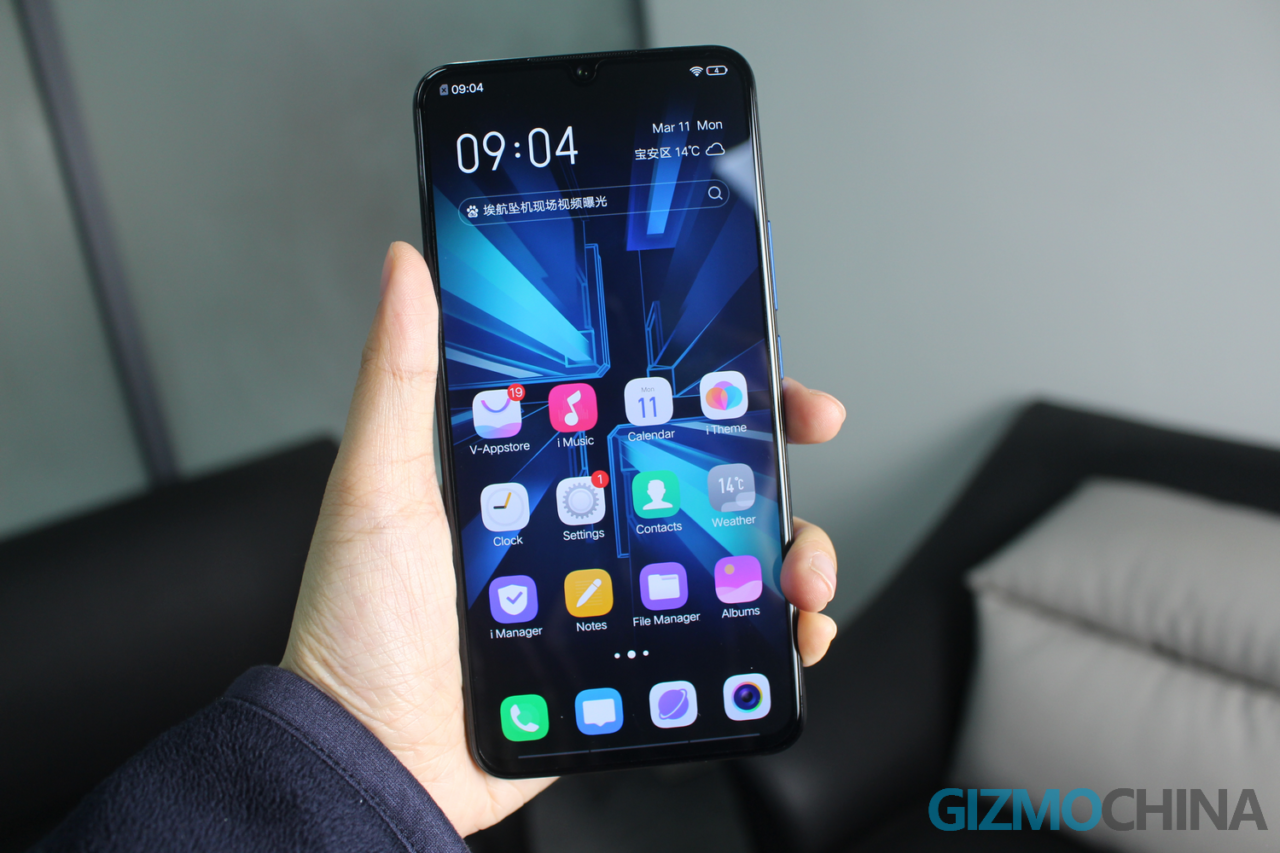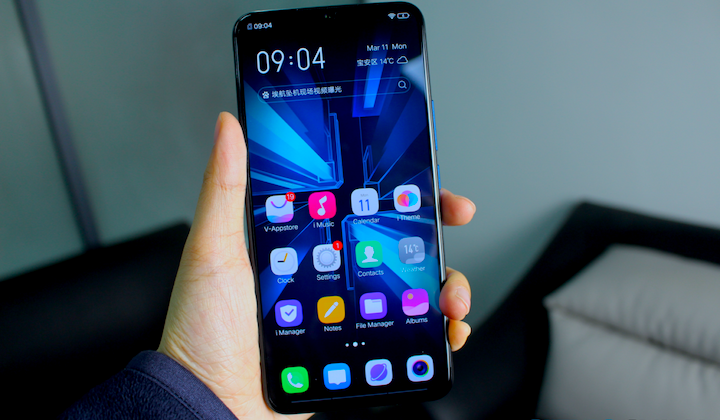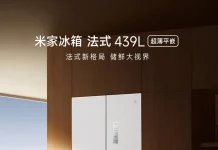OLED panels have a lot of advantages. They have better color accuracy and contrasts (including better blacks) and are thinner and brighter than traditional LCD panels. So, it’s no surprise that smartphone manufacturers are shifting to OLED panels for their smartphones. Even the mid-range ones (like Mi 9 SE / Galaxy J6 Plus) have started getting this relatively expensive display panels. But there’s one disadvantage associated with OLED displays and it pertains to the way the panel handles low levels of brightness.

Most OLED panels use a technique called Pulse Width Modulation (PWM) for dimming its brightness. This is different from DC dimming, which has been used by LCD panels to control its brightness levels. Most users won’t be able to differentiate between PWM dimming vs DC dimming, however, there’s a very small section of the population who are affected by the former technique. As OLEDs trickle down to mid-rangers and sometimes even budget smartphones, its user base is growing quickly. With a significant increase in AMOLED consumption in the past few years, you would often end up seeing comments like this on the internet.
In order to understand DC dimming, we need to first learn about PWM dimming and how it can make some users uncomfortable.
How does PWM Dimming work?
PWM stands for Pulse Width Modulation. As the name suggests, in this technique, you vary the width of the light pulse to control the brightness of the display panel. Simply put, you play with the amount of time the screen stays on or off. When you lower the brightness, the screen stays off longer than it stays on, which is perceived as lower brightness.
After reading that, you must be wondering — Wait a second, the screen goes off when the brightness is low? I have never noticed that!
That’s because the frequency of pulses is very high (usually over 200Hz), so the human eye won’t be able to notice individual pulses. Instead, the human eye averages out the amount of light from these pulses. So, it’s the ratio of the panel’s on and off state that decides the perceived brightness.
This following diagram shows how PWM dimming works.

At 100% brightness, you can see that the light is always on. When you lower the brightness to 50%, the panel alternates between on and off at equal intervals. However, when you further lower the brightness, the screen stays off for a longer time than it stays on. So, at extremely low levels of brightness, there’s a considerable flicker effect.
What’s so bad about PWM Dimming and its flickering?
Usually, even at low brightness levels, the average human eye won’t be able to see the flickering from PWM dimming. But that doesn’t mean it won’t affect you in any way. Some people are more sensitive to this flicker. And in these people, PWM dimming can lead to eye strain, headaches, and migraines if exposed for long periods of time. This is especially true when the ambient lighting is low.
What is DC Dimming?
DC dimming essentially controls the brightness by varying the power supplied to the circuit. Since Power = Voltage x Current, increasing or decreasing either of these inputs will vary the power supplied to the display panel, and thereby its brightness.
Sounds pretty simple right? So why aren’t manufacturers using DC dimming in your AMOLED smartphone?
Well, smartphone manufacturers have been using DC dimming on LCDs for years, but it was only recently that they started to add it on AMOLED smartphones. This is because DC dimming has a big drawback. At low levels of brightness, the colors often come out skewed on OLED panels. In OLED panels, a change in voltage could change the emitted colors. So, at lower levels of voltage, the perceived quality of the smartphone display could go down significantly.
So what is the solution?
Smartphone manufacturers have become increasingly aware of the possible health issues associated with PWM dimming. However, considering how only a selective group of people are actually affected by PWM flickering and the drawback associated with DC dimming on AMOLED panels, recent smartphone manufacturers are opting to provide it as an add on feature. OnePlus has already confirmed that it’s testing DC dimming on its smartphones. The feature could be added via a future update. In fact, Chinese smartphone companies seem to be all in for this feature. Xiaomi, Vivo, OPPO, and even Meizu have come forward and confirmed DC dimming on its existing or upcoming smartphones.

Despite the fact that PWM dimming can cause discomfort in some users, most people won’t feel the difference. So, it’s very important to know that your sensitivity to the flicker effect decides how it will affect you.

Therefore, if you are having an eye strain or headache from being hooked on your smartphone screen for far too long, don’t blame PWM dimming just yet. Try to build good smartphone habits, which includes setting your display brightness to comfortable levels (instead of at 100% at all times) and keeping a decent distance between you and your smartphone screen.









